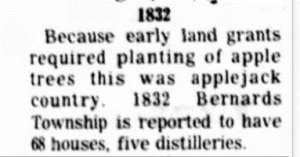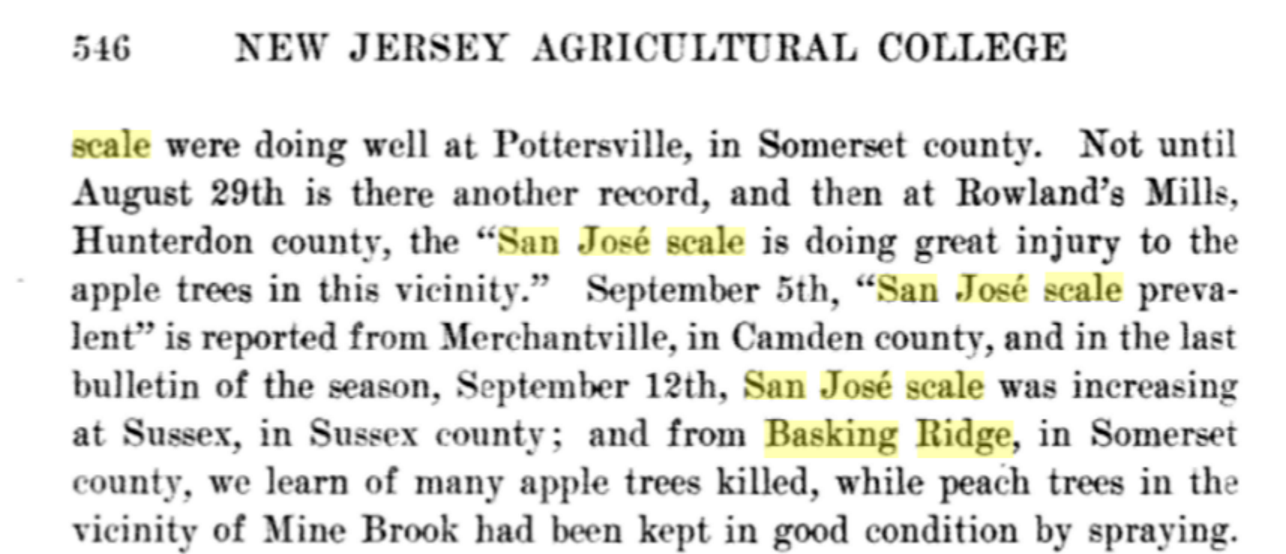A few friends got together and started talking about the fine art of distilling and how much it’s changed (if at all). It seems that due to the efforts of a few Jersey residents, distilling spirits is back in fashion since it was Governor Chris Christie who reopened the door to cost-effective distilling in New Jersey back in 2014. Knowing that there’s a rich history of bootlegging in the South, we started researching moonshining, bootlegging, and speakeasies in our neck of the woods, the Somerset Hills towns of Somerset County.
The Somerset Hills is a designated area of northern Somerset County, New Jersey, including Bedminster, Bernards Township, Bernardsville, Far Hills, Peapack & Gladstone. Rich in history were quaint farming and orchard communities surrounding what was Bernardsville Mountain, a wealthy mountain colony forged in the mid to late 1800s full of bankers and railroaders who desired to live outside NYC.
Central New Jersey Distilling Royalty
Distilling in the Somerset Hills area goes back to the mid-1700s when King George II requested some of his royal subjects to distill for his private royal collection. In the mid-1800s, the famed Melick (Mellick) Family of Bedminster started planting peach and apple orchards. The Melicks are still around today and are still in the farming and fermenting business.
Fermenting differs from distilling, which needs a still to create alcohol, vs. fermenting, which can happen by adding ingredients and time. The Story of an Old Farm (you can download the book for FREE) is a great book that describes the early years of the Melicks in the Somerset and Morris County areas.
Melick Ties to Willie’s Tavern (Delicious Heights) in Bedminster
One of the most popular bars in Bedminster, New Jersey, Delicious Heights, was originally erected in 1780 by Aaron Melick, a local farmer, for his son, John, who was returning home from the Revolutionary War. Since then, the establishment has served as a pub, a polling place, a pool room, a package store, a political forum, a speakeasy, a hotel,, and a restaurant.
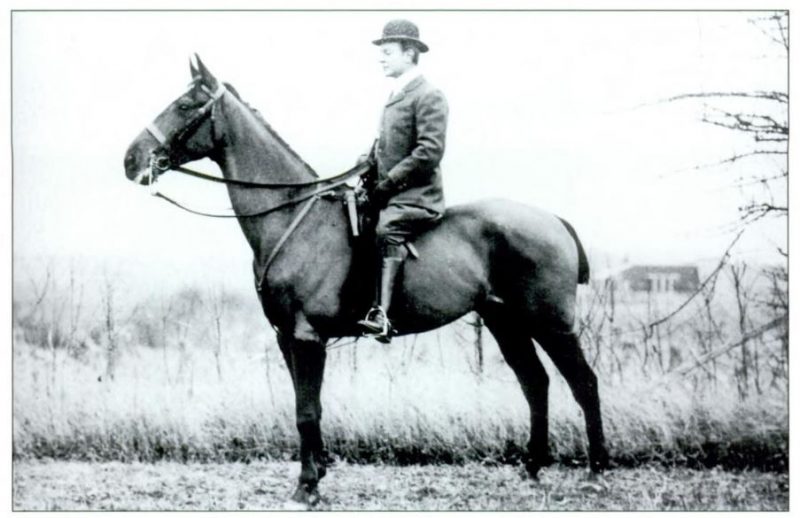
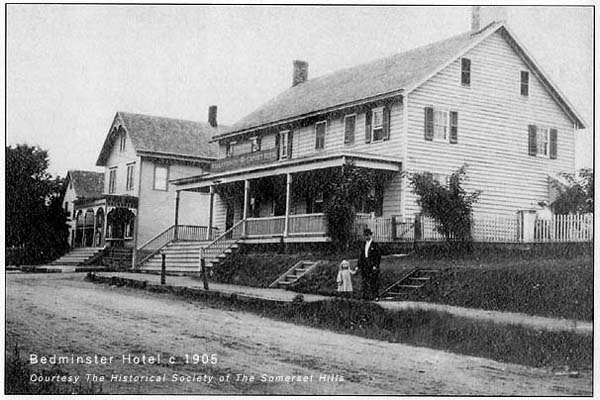
Numerous proprietors have owned the hotel over the years, and we honor its most colorful owner, Mr. Willie Howard. In 1893, Willie came to Gladstone with Charles Pfizer and served as huntsman for what had historically been called the Essex Hunt. In 1898, Willie and his wife, Bertha, purchased the Bedminster Hotel, as it was called, for $5,000. The hotel was renamed the “Howard Hotel,” in 1912, the first indoor plumbing was installed.
The Bunn Family Distillery
Another family, the Bunn Family of Bernardsville (part of Bernards Twp until 1924) was another distilling family. John Bunn is mentioned here as owning a cider mill and distillery on his property back in 1844.
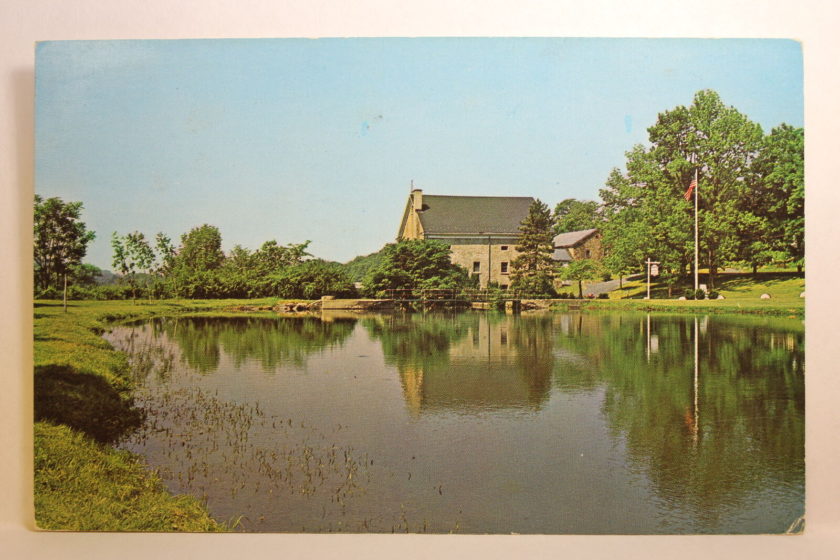
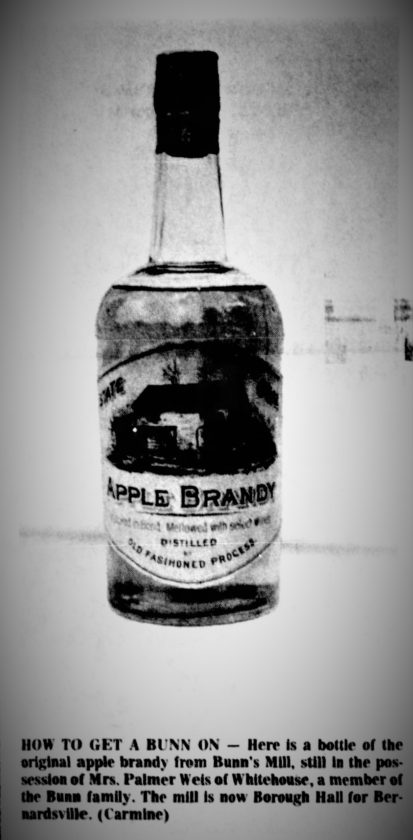
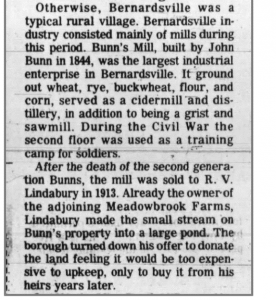
Samuel Owen, at his Cedar Hill Farm in the Basking Ridge section of Bernards, had the largest peach and apple orchard in the area. Visitors from as far as NYC would take the train to Cedar Hill to spend time on its grounds.
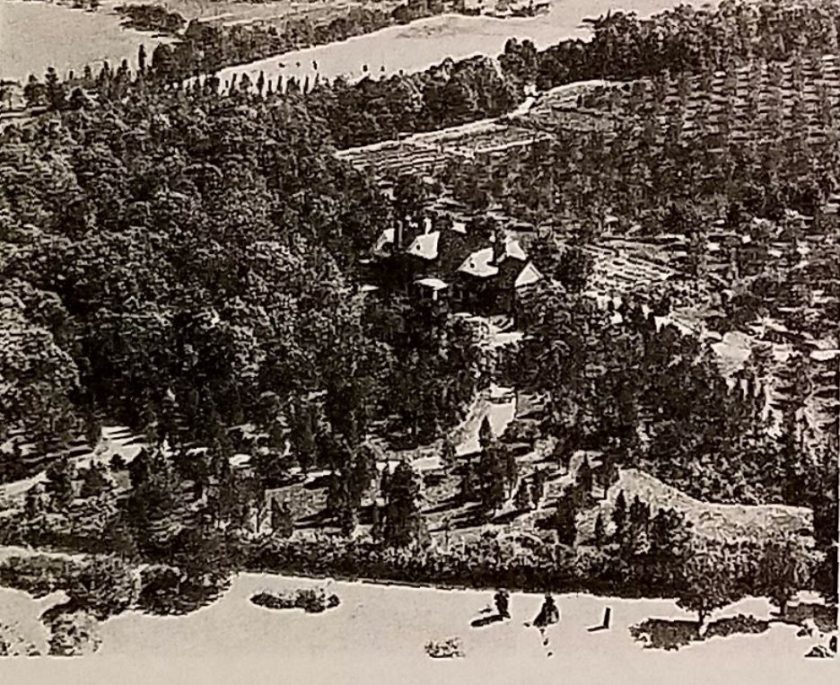
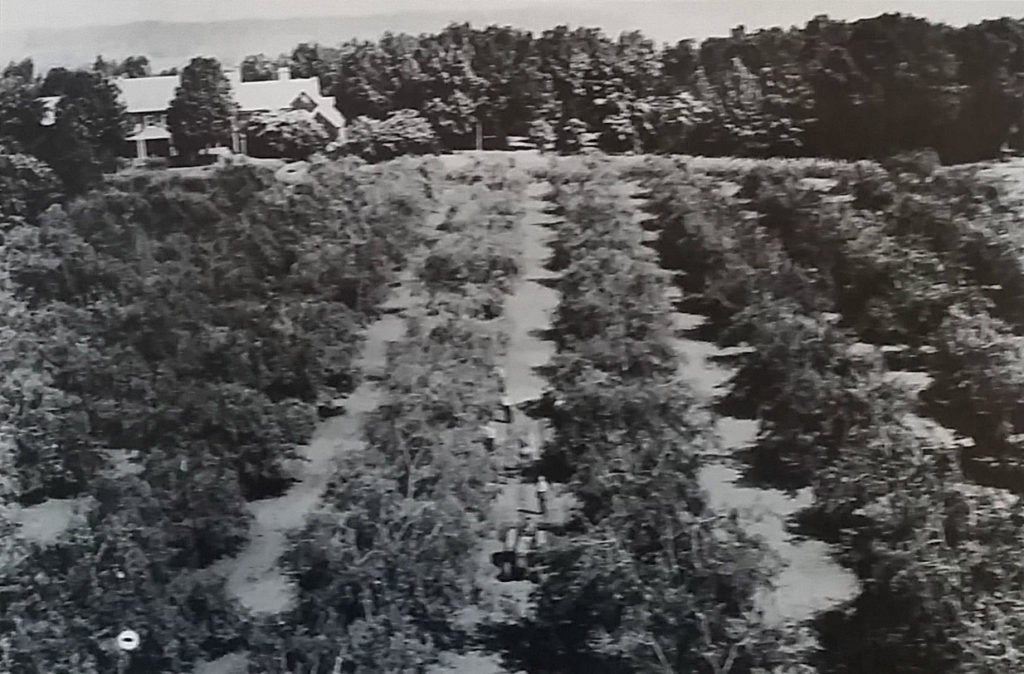
1912 – In the Basking Ridge section of Bernards Township, Samuel Owen of Newark, a pharmaceutical manufacturer and gentleman farmer, built his manor house containing 20 rooms, which had an attached servants’ quarters for the head outside man, an unfinished third-floor storage and servants’ quarters, an attached three stall garage and a small building for garden equipment. The Owens named their new home “Cedar Hill” and spent six months there and the remainder in Newark. 35 acres were planted with 5,000 peaches and 1,500 apple trees. Cedar Hill Farm provided summer jobs for local students and, at harvest time, for residents. (Source – Bernards Township Website). Cedar Hill functioned as a working farm until the massive crop destruction occurred.
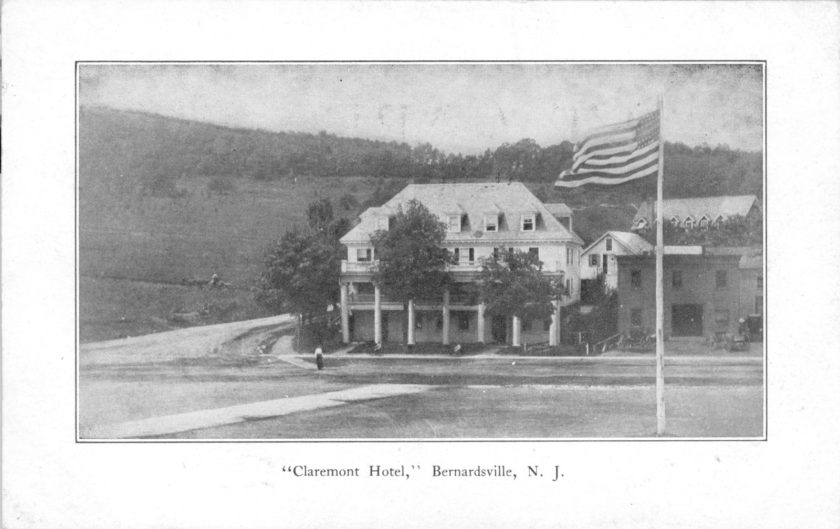
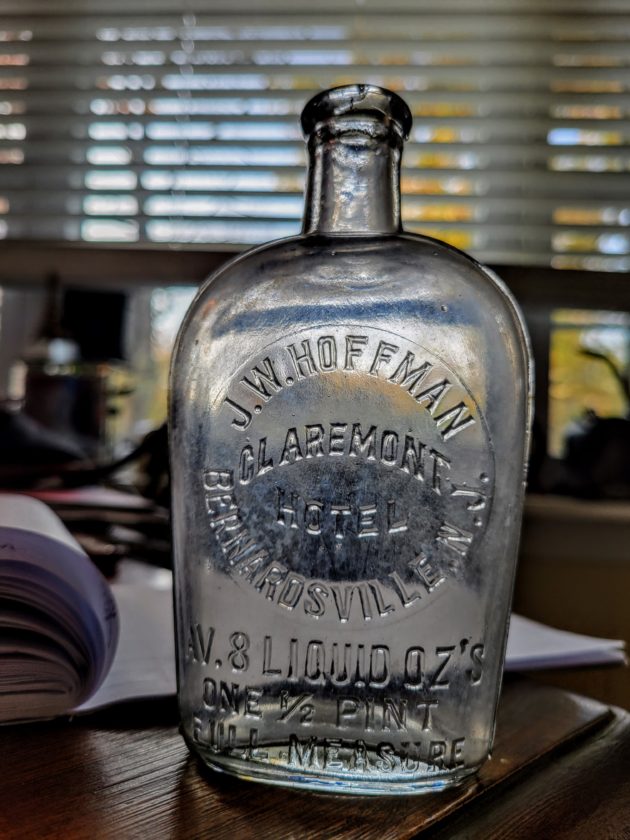
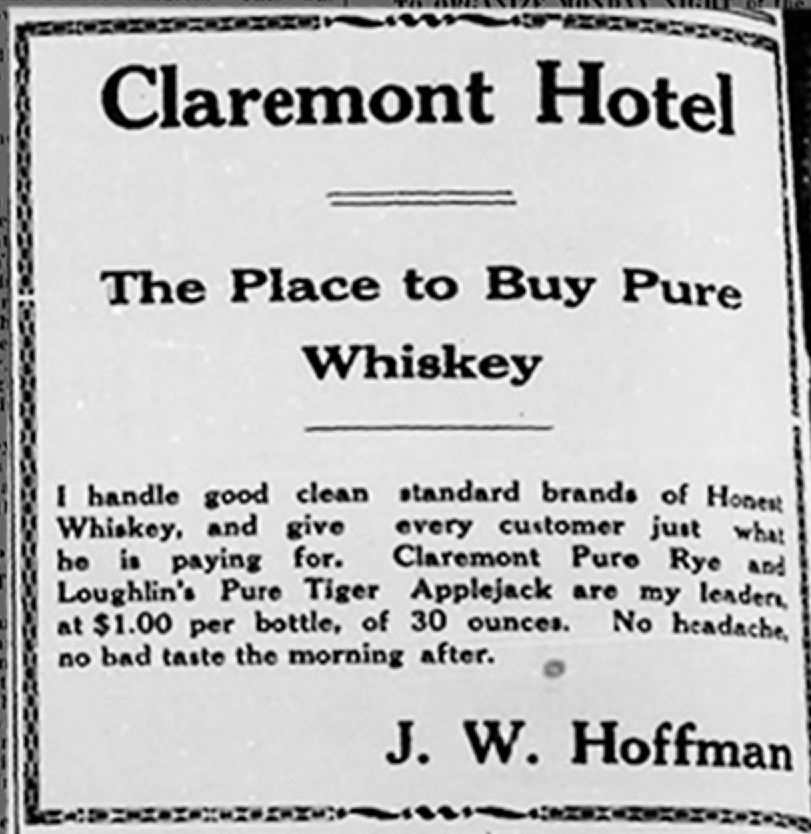
Orchard Destruction & The San Jose Scale -1900s
All good things come, but sometimes they go away in a flash. For over a century and a half, apples and peaches flourished in the Somerset Hills until an unwelcome guest flew in from San Jose, California. The insect was called the San Jose Scale. The San Jose peach scale destroyed most of the peach orchards in just about all the fruit-growing districts of the United States. It was introduced to California from China on flowering peach in the early 1870s and soon became a serious pest in the San Jose area. By the late 1890s, it had spread throughout the United States.
The scale is a tiny insect that sucks the plant juices from twigs, branches, fruit, and foliage. Although an individual scale cannot inflict much damage, a single female and her offspring can produce several thousand scales in one season. Uncontrolled, they killed the tree as well and made the fruit unmarketable. It devastated the local economy for fruit; some of the distillers ceased, but the creative distillers continued through prohibition.

Here’s an article from a 1905 Journal about the San Jose Scale in New Jersey:
Distilled Products – Early Years
Moonshine was big. Names such as “White Mule,” “Prune Whiskey”, “Rye Whiskey”, Apple Jack, and of course “beer” were all part of the State Troopers’ hunt for illegal liquor and spirits. Now we can’t attest to the quality of the products, but knowing that there was a vibrant customer base, there would always be a way.
Prohibition Era 1920-1933
While there were many pockets of moonshining, apple jacking, and distilling in the Somerset Hills, it started to kick in during prohibition. Ingredients were key – sugar to be exact was something that the police were looking for. Fruits are a natural sugar producer, so apples and peaches are natural ingredients. Oh, they tasted pretty good and were in abundance in the area.
During this period, hotels on the earlier carriage wagon trail/railroad lines were constantly looking for ways to attract patrons and keep them.
One great story is the creation of the Rockaway Railroad extension that ran through Pottersville, a northern area of Bedminster Township. An excerpt from Wikipedia describes how critical the Melicks of Bedminster felt that a railroad was necessary to move peaches. Peaches were known for peach moonshine, brandy, and schnapps. Apples were used for applejack brandy. Both fruits were bountiful in the area. History tells the story of how George Washington maintained orchards on his estate, and these orchards supplied the peaches needed to produce the brandy at his distillery in Mount Vernon as early as 1797.
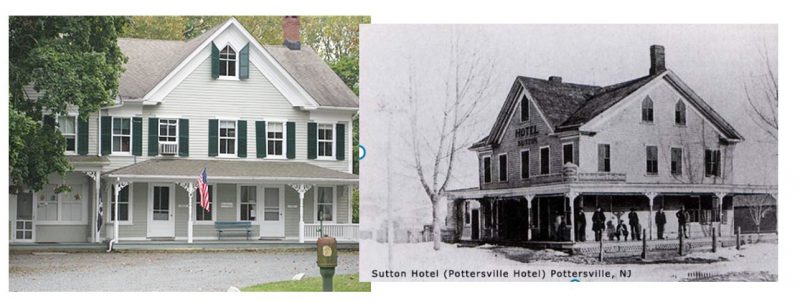
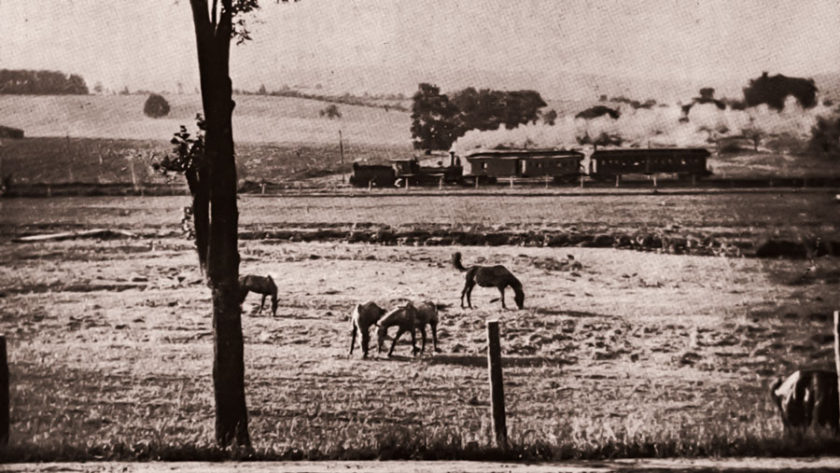
” The RVRR was built in stages, from south to north, as funding became available. By February 1888, Melick had obtained sufficient money, $60,000 from stock sales, to build the southernmost 4 miles from White House to New Germantown (Oldwick, New Jersey). This was based on Melick’s original $15,000 per mile estimate. Much of this funding came from local peach growers who stood to gain from a rail connection to transport their perishable crop to market.” But while Melick won the bid, they forgot one thing – John Melick didn’t have experience as a civil engineer! Due to poor construction and multiple derailments, the railroad entered bankruptcy in 1913.
The Speakeasies
Speakeasies, those secret establishments that sidestepped prohibition laws and shared spirits with those who knew secret passwords and hidden drinking spots. The lower level of the Bernards Inn was just such a spot in Bernardsville.
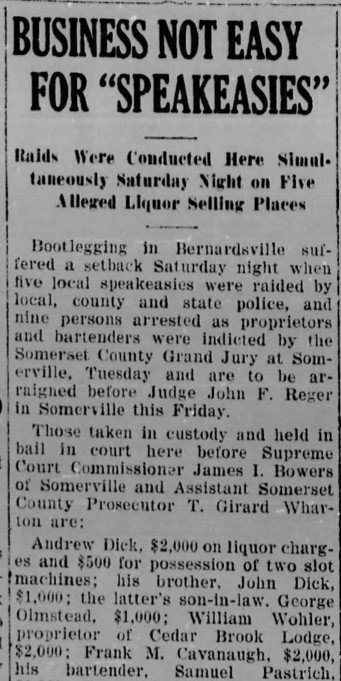
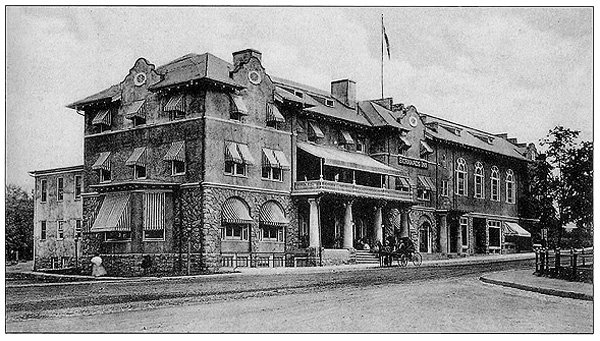
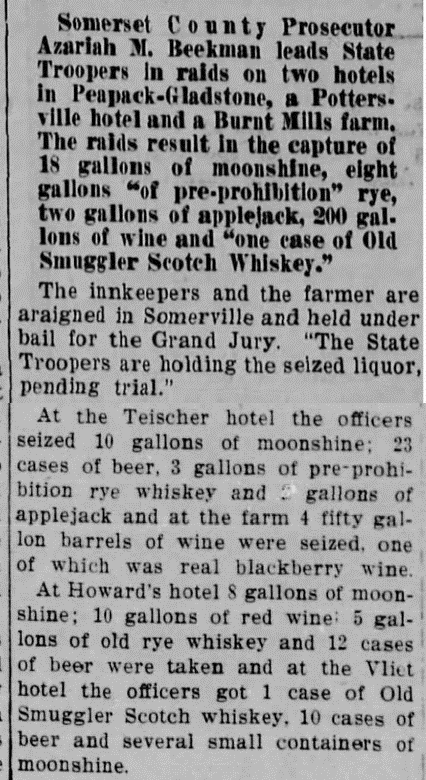
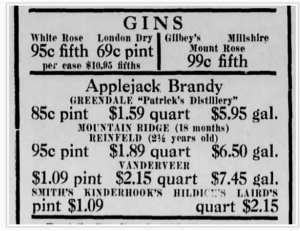
Sign Up to Receive Invite
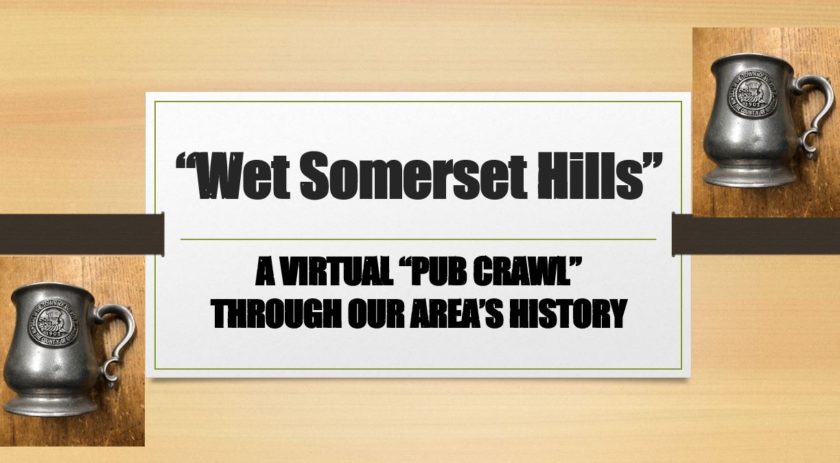
Related Stories to Share
- Learn more about peach moonshine
here
